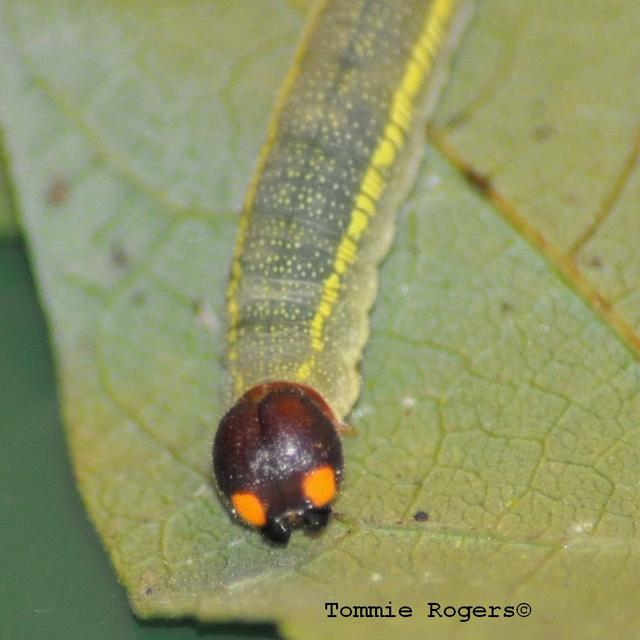Golden Banded-Skipper
Autochton cellus (Boisduval & Leconte, [1837])
Family: Hesperiidae
Subfamily: Pyrginae
Identification: Wings are dark brown-black. Forewing has a wide yellow band, and a small white patch near the apex. Underside is dark brown with 2-3 darker bands; hindwing margin may have gray overscales.
Wing Span: 1 3/8 - 2 inches (3.5 - 5.1 cm).
Life History: Adults are active in the late afternoon. To seek females, males perch in gullies on rocks or up to 6 feet above ground on vegetation. Females lay eggs in strings of 2-7 at the base of host plant leaflets. Caterpillars live in shelters of rolled or tied leaves and emerge at night to feed on leaves. Chrysalids hibernate.
Flight: Two broods; from May-August in the north, April-September in the south. One brood from June-September in southern Arizona.
Caterpillar Hosts: New Mexico locust (Robinia neomexicana) and hog peanut (Amphicarpa bracteata).
Adult Food: Nectar from flowers including trailing arbutus, blackberry, abelia, and hollyhock.
Habitat: Damp, wooded ravines with permanent water sources.
Range: In the west from central Arizona, southwest New Mexico, and west Texas south to central Mexico. In the east from Maryland south to South Carolina, west to eastern Oklahoma and northeast Texas. Isolated population in northern Florida.
Conservation: Not usually required.
NCGR: G4 - Apparently secure globally, though it might be quite rare in parts of its range, especially at the periphery.
Management Needs: None reported.
Comments: NULL
Please donate!
We depend on donations to keep Butterflies and Moths of North America freely available. We want to express our gratitude to all who showed their support by making a contribution this year. You can donate to support this project at any time.
Advertise with us!
Do you have a product or service that you think would interest BAMONA users? If you would like to advertise on this website, contact us by email, or use the contact form and select the "Advertising" category.
Verified Sightings
Displaying 1 - 24 of 307 verified sightings

Observation date: May 04, 2023
Submitted by: dvollmar
Region: Brewster County, Texas, United States
Verified by: jwileyrains
Verified date: Aug 16, 2024

Observation date: Jun 01, 2024
Submitted by: Ozark_Bill
Region: Phelps County, Missouri, United States
Verified by: CA Ivy
Verified date: Jun 06, 2024

Observation date: Apr 18, 2024
Submitted by: BeaLaporte
Region: Queretaro de Arteaga, Mexico
Verified by: jmgesell
Verified date: May 23, 2024
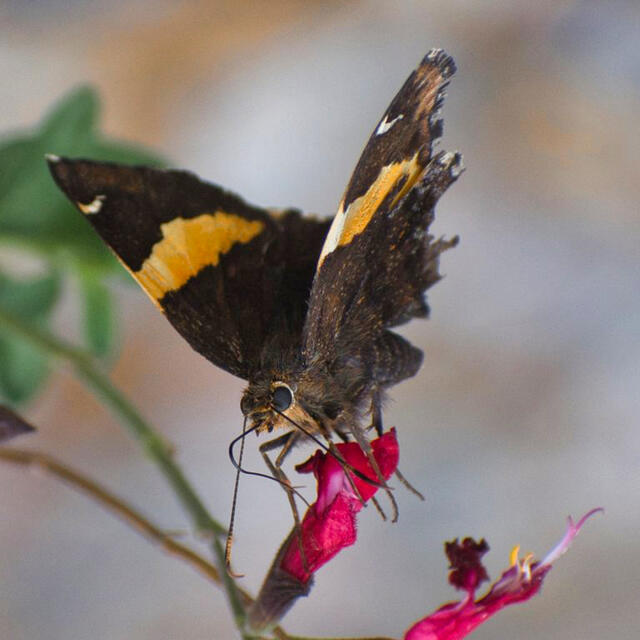
Observation date: Aug 03, 2023
Submitted by: Paul Prappas
Region: Santa Cruz County, Arizona, United States
Verified by: Paul Prappas
Verified date: Sep 30, 2023

Observation date: Aug 08, 2023
Submitted by: Paul Prappas
Region: Cochise County, Arizona, United States
Verified by: Paul Prappas
Verified date: Sep 30, 2023
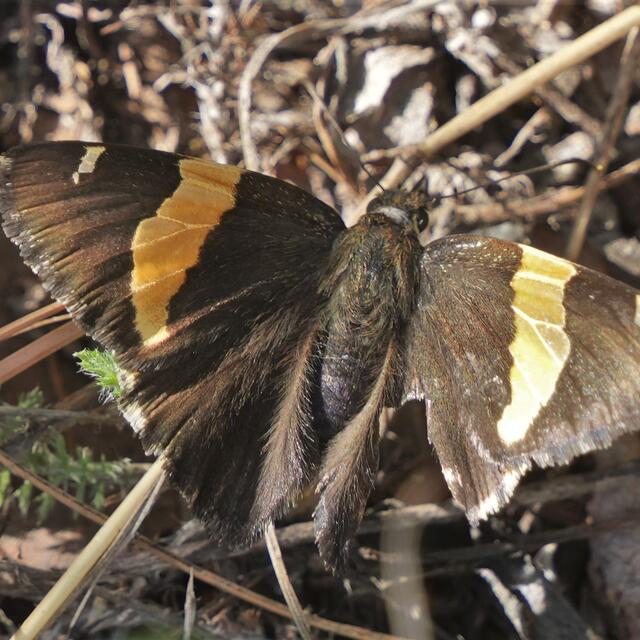
Observation date: Sep 09, 2023
Submitted by: Marta Reece
Region: Catron County, New Mexico, United States
Verified by: stevecary
Verified date: Sep 12, 2023

Observation date: Jun 12, 2022
Submitted by: Dobber31
Region: Benton County, Arkansas, United States
Verified by: CA Ivy
Verified date: Sep 11, 2023

Observation date: Aug 08, 2023
Submitted by: Marta Reece
Region: Grant County, New Mexico, United States
Verified by: stevecary
Verified date: Aug 17, 2023
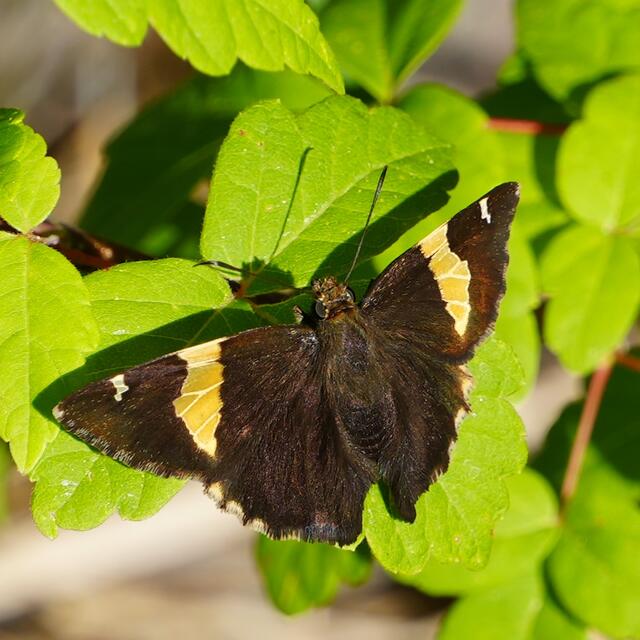
Observation date: Jul 01, 2023
Submitted by: Marta Reece
Region: Sierra County, New Mexico, United States
Verified by: stevecary
Verified date: Jul 03, 2023

Observation date: Apr 02, 2023
Submitted by: Rob Williams
Region: Leon County, Florida, United States
Verified by: John Calhoun
Verified date: Apr 03, 2023

Observation date: Aug 22, 2022
Submitted by: hasfitz5
Region: Cochise County, Arizona, United States
Verified by: John Saba
Verified date: Sep 10, 2022

Observation date: Mar 26, 2018
Submitted by: Brian Ahern
Region: Leon County, Florida, United States
Verified by: John Calhoun
Verified date: May 13, 2022

Observation date: Apr 03, 2019
Submitted by: Mark Salvato
Region: Brewster County, Texas, United States
Verified by: stomlins701
Verified date: Sep 11, 2021
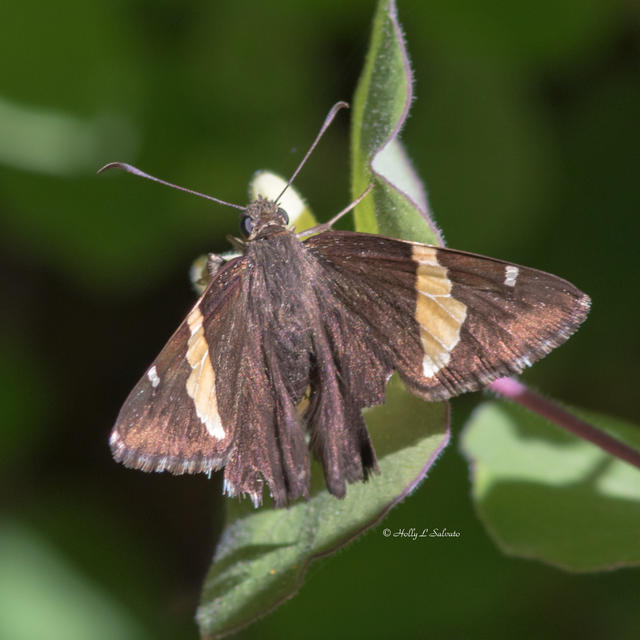
Observation date: Apr 04, 2019
Submitted by: Mark Salvato
Region: Brewster County, Texas, United States
Verified by: stomlins701
Verified date: Sep 11, 2021

Observation date: Jul 25, 2021
Submitted by: tjay13
Region: Hidalgo County, New Mexico, United States
Verified by: stevecary
Verified date: Sep 09, 2021

Observation date: May 01, 2019
Submitted by: schaarschmidt
Region: Cherokee County, North Carolina, United States
Verified by: Dennis Forsythe
Verified date: Dec 05, 2020

Observation date: Jul 13, 2019
Submitted by: floracliff
Region: Fayette County, Kentucky, United States
Verified by: azukoff
Verified date: Nov 23, 2020

Observation date: Jul 11, 2020
Submitted by: schaarschmidt
Region: Hamilton County, Tennessee, United States
Verified by: dbruce
Verified date: Jul 25, 2020

Observation date: Jul 30, 2019
Submitted by: Markus M
Region: Jalisco, Mexico
Verified by: Doug Taron
Verified date: Sep 05, 2019

Observation date: May 30, 2019
Submitted by: Gpa417.wps
Region: McDonald County, Missouri, United States
Verified by: CA Ivy
Verified date: Aug 01, 2019

Observation date: Jun 11, 2019
Submitted by: Linda Williams
Region: McDonald County, Missouri, United States
Verified by: CA Ivy
Verified date: Aug 01, 2019
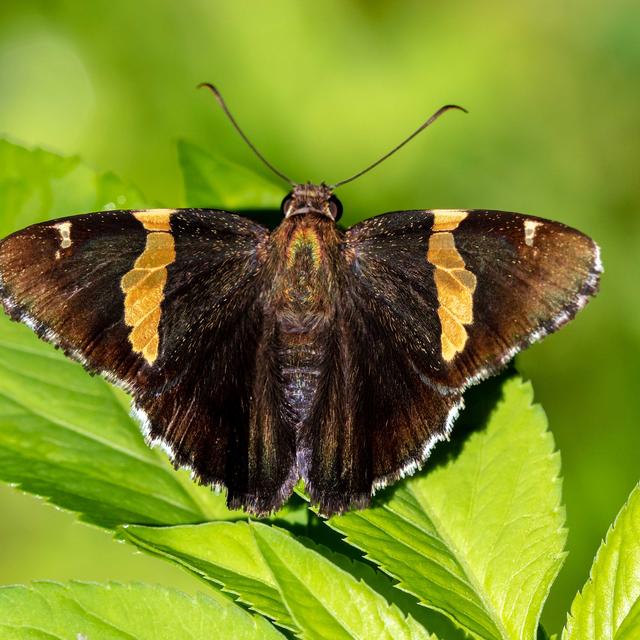
Observation date: Jul 21, 2019
Submitted by: robert.emond
Region: Leon County, Florida, United States
Verified by: John Calhoun
Verified date: Jul 22, 2019

Observation date: May 24, 2010
Submitted by: Dennis Forsythe
Region: Oconee County, South Carolina, United States
Verified by: Dennis Forsythe
Verified date: Aug 17, 2018
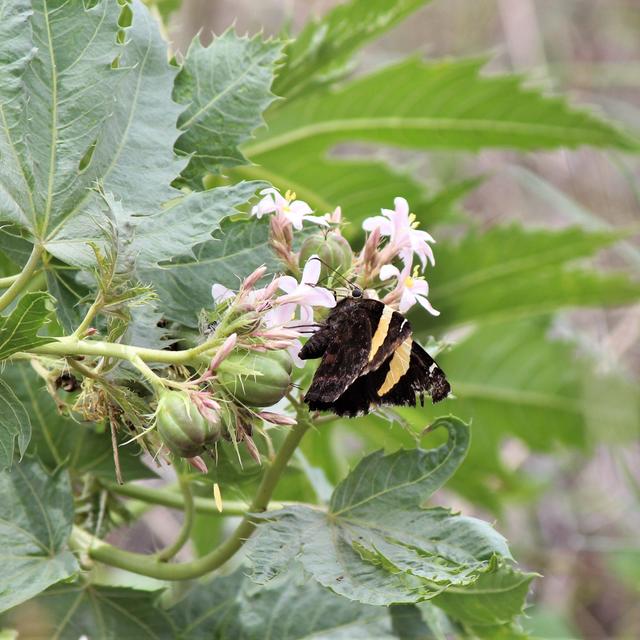
Observation date: Jul 26, 2018
Submitted by: ncrosbyrd
Region: Santa Cruz County, Arizona, United States
Verified by: John Saba
Verified date: Aug 16, 2018
- 1 of 13
- next ›



